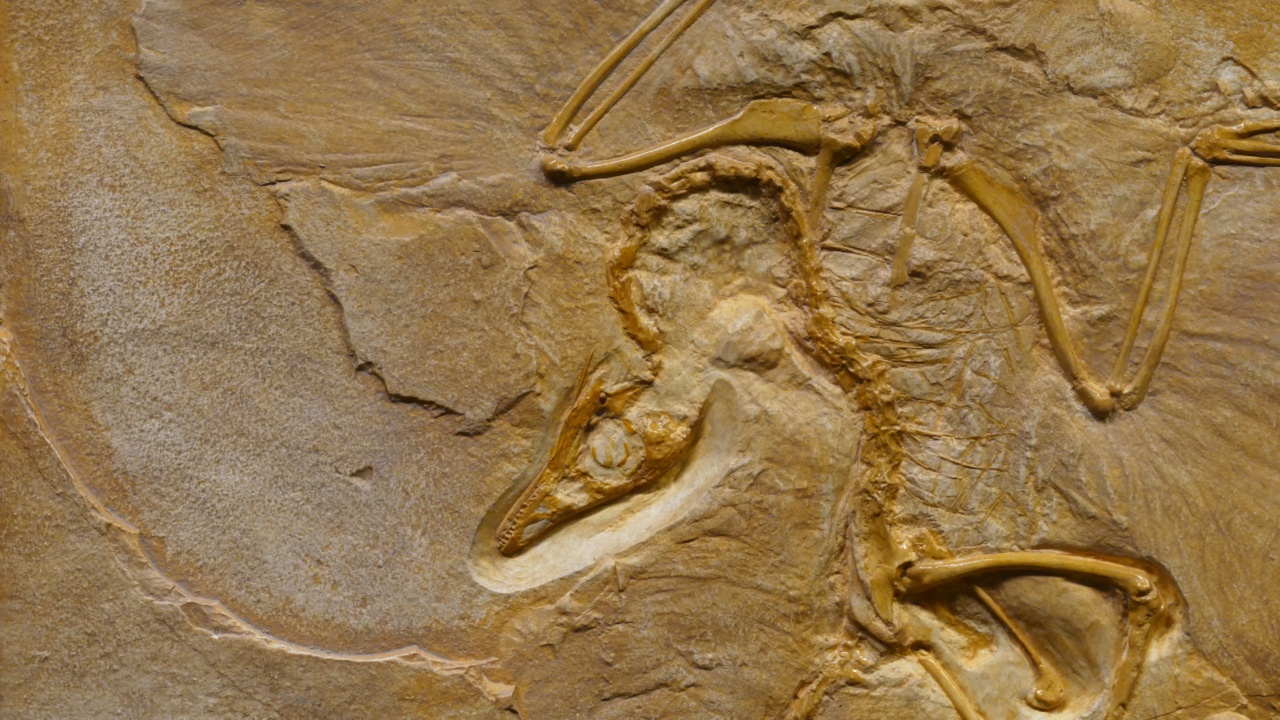Contraceptives have played a crucial role in the advancement of women’s liberation throughout history.
From ancient methods to modern innovations, the evolution of contraceptives has empowered women by granting them control over their reproductive choices. This article explores the journey of contraceptives from ancient times to the present day and highlights their significance in promoting women’s liberation.
Ancient Contraceptive Methods
In ancient civilizations, various methods of contraception were practiced, although their efficacy and safety were often questionable. One of the earliest documented contraceptive methods was the use of animal bladder condoms found in ancient Egypt.
These primitive condoms were made from the intestines of animals and were intended to prevent pregnancy by acting as a physical barrier during intercourse.
Similarly, ancient Chinese texts reveal the use of a mixture of mercury and oil as vaginal suppositories.
While these methods were rudimentary and lacked scientific understanding, they demonstrate the early attempts made by women to exercise some degree of control over their reproductive choices.
The Birth of Modern Contraception
The development of modern contraception can be largely attributed to the groundbreaking work of activists, scientists, and inventors who recognized the need for safer and more effective methods.
One of the key pioneers in this field was Margaret Sanger, an American birth control activist who opened the first birth control clinic in the United States in 1916.
Sanger’s relentless advocacy and efforts led to the eventual legalization of contraceptives in many countries and the development of more reliable methods.
In the 1950s, hormonal contraceptives entered the market with the introduction of the oral contraceptive pill. This revolutionary invention provided women with a highly effective and convenient form of contraception, significantly impacting their ability to plan families and pursue education and careers.
H2: Expanding Access and Choice
As contraceptive options continued to evolve, the focus shifted towards expanding access and providing women with a wide range of choices.
In the 1960s, intrauterine devices (IUDs) emerged as a popular method due to their long-term effectiveness and ease of use. This development allowed women greater freedom to control their fertility and decide when and if they wished to have children.
Additionally, barrier methods like condoms and diaphragms became more readily available, offering alternative options for women who preferred non-hormonal contraception or wanted to protect themselves against sexually transmitted infections.
These advancements ensured that contraception was no longer restricted to a single method but rather a diverse range of choices tailored to individual preferences.
H2: Empowering Women and Challenging Gender Norms
The availability of contraceptives has had a transformative impact on women’s lives, empowering them to challenge traditional gender norms and take control of their reproductive health.
By being able to decide when and if to bear children, women gained the freedom to pursue education, careers, and personal aspirations.
Access to contraceptives also played a significant role in reducing maternal mortality rates and improving women’s overall health.
Women were no longer subjected to repeated pregnancies that posed significant health risks, allowing them to prioritize their well-being and make informed choices about parenthood.
H2: Shaping Societal Norms and Women’s Rights
Contraception has not only transformed individual lives but also shaped societal norms and advanced women’s rights.
The ability to prevent unplanned pregnancies has been instrumental in challenging traditional gender roles and increasing gender equality. Women now have the freedom to engage in sexual relationships without fear of unwanted pregnancies, allowing them to enjoy fulfilling personal lives while actively participating in society.
Access to contraceptives has become a crucial aspect of reproductive rights, with women demanding control over their bodies and the ability to make informed choices about their reproductive health.
The right to access and use contraceptives is now recognized as a fundamental human right, contributing immensely to women’s liberation and autonomy.
H2: The Future of Contraception
The future of contraceptives holds exciting possibilities for women around the world. Ongoing advancements in technology are paving the way for even more effective, safe, and convenient methods.
For instance, long-acting reversible contraceptives such as implants and injections are gaining popularity due to their high efficacy and ease of use.
Additionally, the exploration of male contraceptives is gaining momentum, further sharing the responsibility of contraception between partners.
This development has the potential to further empower women by reducing the burden solely on them and fostering more equitable relationships.
H2: Conclusion
The evolution of contraceptives from ancient methods to modern innovations has been an integral part of women’s liberation.
These advancements have not only provided women with increased control over their reproductive choices but also empowered them to challenge societal norms, pursue education and careers, and demand their rights. Access to contraceptives is a critical component of women’s liberation and gender equality, supporting their overall health, autonomy, and freedom to lead fulfilling lives.






























